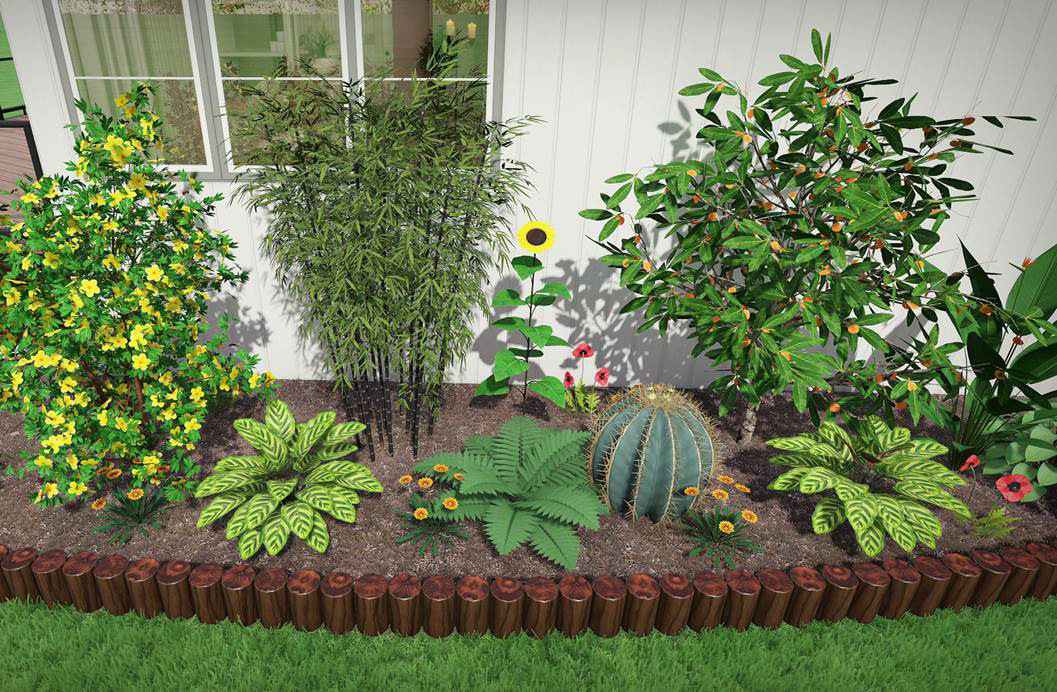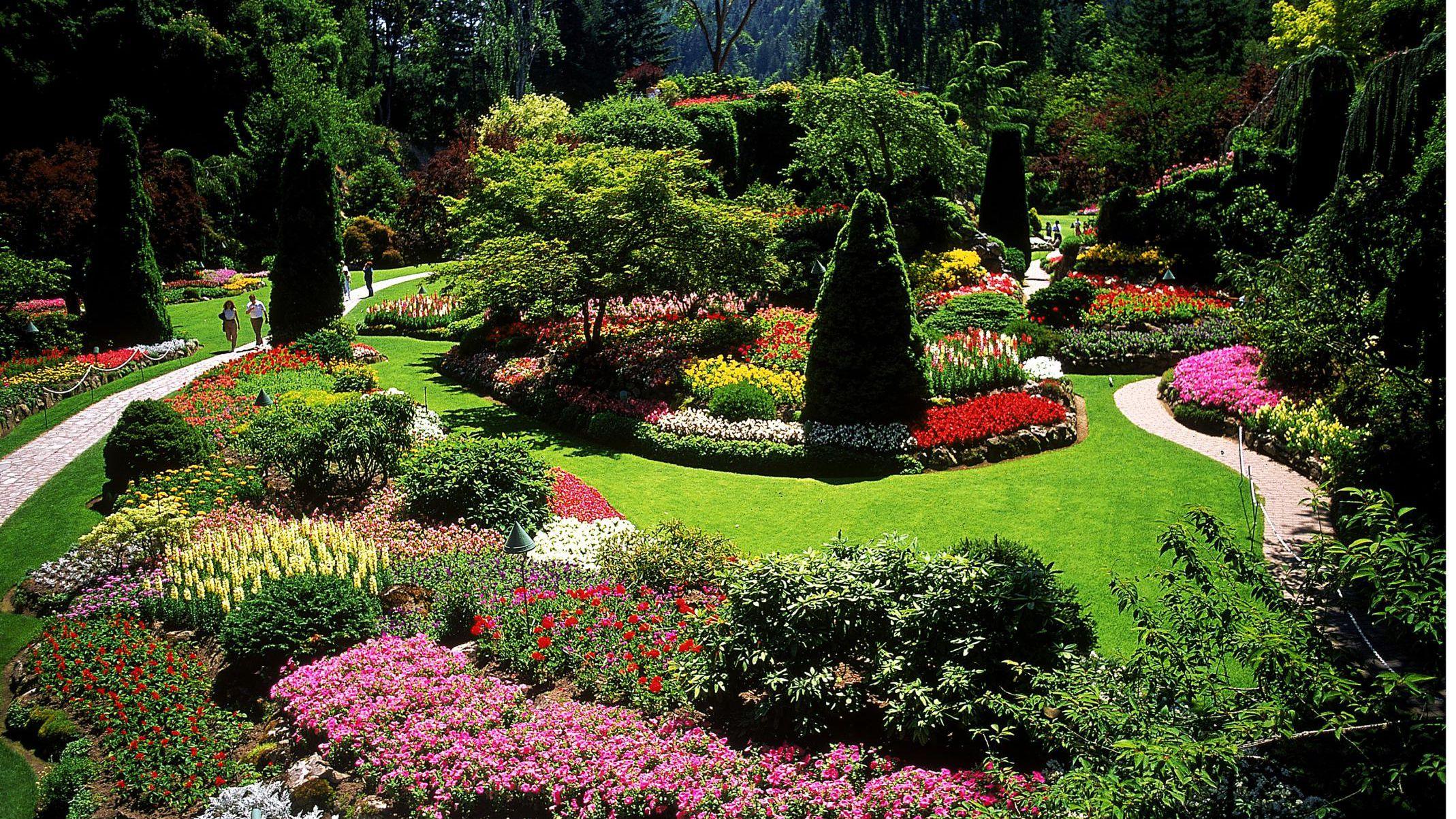Some Known Facts About Landscapers.
Some Known Facts About Landscapers.
Blog Article
All about Landscapers
Table of ContentsSee This Report about LandscapersAn Unbiased View of LandscapersHow Landscapers can Save You Time, Stress, and Money.Everything about LandscapersLandscapers Fundamentals ExplainedLandscapers - Truths
- A garden function where water is represented by an aggregate rock item, normally a crushed rock or granite.- A rock or natural flagstone outdoor patio, path, or sidewalk constructed without a concrete base.- A rock retaining or totally free standing wall built without using mortar. A highly skilled mason is needed for a completely dry stack rock wall surface. A lot of walls in Portland are moist stacked, even if they seem. - A below ground structure that collect water and allows it to slow percolate right into the dirt around it.
Landscape style that is compatible with a websites' atmosphere in both look and sustainability without adverse effects to the environment. Bordering in the landscape is a line of demarcation that develops visual passion in the garden by separating one segment from an additional segment.
Areas can additionally have a feeling of "room" provided by trees, various other growings, fences, or displays. The landscape near the entry to a structure.
The Best Guide To Landscapers

The component in a landscape layout or location in a landscape that is indicated to be most popular. The prime focus can be a plant, rock, sculpture, gathering room, or other landscape function. A design of yards or garden components that worry straight lines, best angles and circles. Bushes or hedges situated in beds near the foundation of a home or other framework.

Fascination About Landscapers
Low plants that are allowed or urged to spread out over a location. Can refer to any kind of "tough" garden aspects including statuary or boulders but most typically is used to refer to paths, patio areas, and walls - Landscapers.: Elevation that site distinction in between the level of water in a fish pond (or the degree of the pump if it rests outside the fish pond) and the upper outlet of water which impacts performance of the water pump in gph (gallons per hour).
Fence boards that run flat, frequently made use of in modern-day or Japanese-inspired landscape layouts. Appropriate usage of fictional lines can assist the landscape really feel linked to the home and various other components.
Conventional PNW landscapes are informal. A plant that spreads even more than preferred, or into environments where it does damage.
Some Known Details About Landscapers
Can consist of head positionings and coverage, pipe sizing, GPM specs, and materials required to mount this system. Licensed professional that makes landscapes, coached in engineering and architecture as well as in cultivation.
Landscape designers usually have less education than Landscape Architects and are not certified. A finished landscape layout, outlining all elements for the brand-new landscape.
Calcium material used to increase the pH in dirt, which will make it less friendly to moss (Landscapers). A water tight HDPE product made use of below ponds, streams and waterfalls in water functions. Using many growings of the same range to fill out an area in the landscape. This can decrease maintenance and water usage in the yard.
A mix of cement, sand, and water that is utilized in rock stonework for establishing rocks and joints. A layer of compost or bark dust used at the base of a plant. A mass planting of moss. A plant that was existing in a geographic place prior to individuals started altering the landscape.
The Definitive Guide for Landscapers
Exactly how sites the garden or a garden aspect is organized in connection to an existing or brand-new function or to an instructions. Maintaining a yard without the usage of chemical herbicides, pesticides, or fertilizers. Turfs that are not trimmed yet expanded in landscapes as perennials. This is a partly open sided relaxation or leisure location that adjoins a home, made use of for amusing, outdoor dining and simply appreciating the outdoor environment.

Plants that offer seasonal interest and after that pass away back in the winter season. Cold period turf that is the most usual turf lawn in Portland, OR and the rest of the PNW.An open roofed structure over a patio or other landscape attribute.
The most typical landscape crushed rock in the PNW. Location of the landscape developed to handle rain water until official site it can soak into the ground.
Framework constructed from timber, concrete, leading rocks, bricks or various other materials for stabilizing slopes and protecting against too much disintegration. Slim gutter. Developing a garden feature consisting primarily of stones with plantings that match and can flourish in the rocky environment. Sprinkler head style that rotates a stream of water across a location.
Landscapers Can Be Fun For Anyone

Report this page